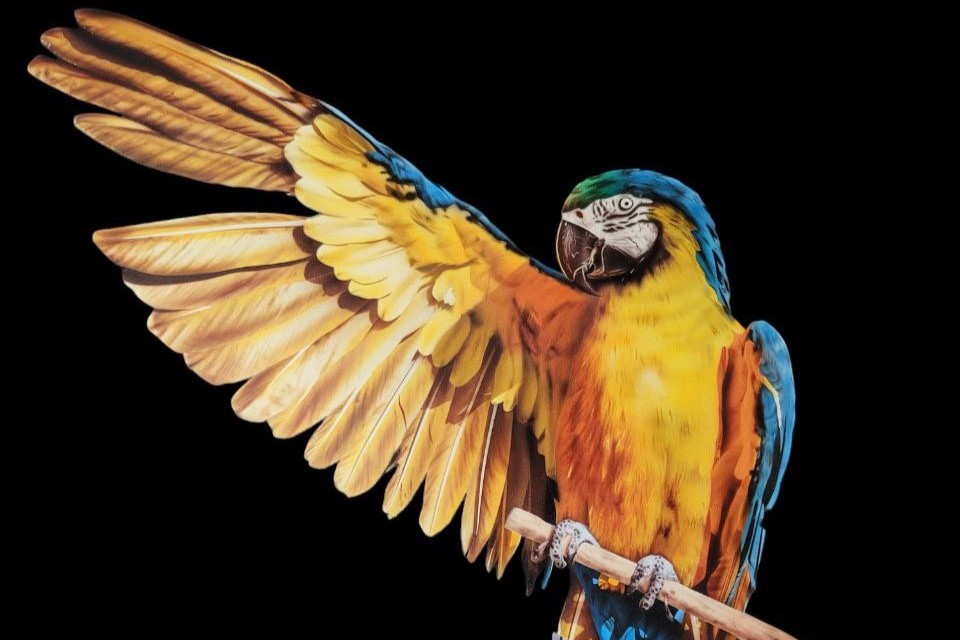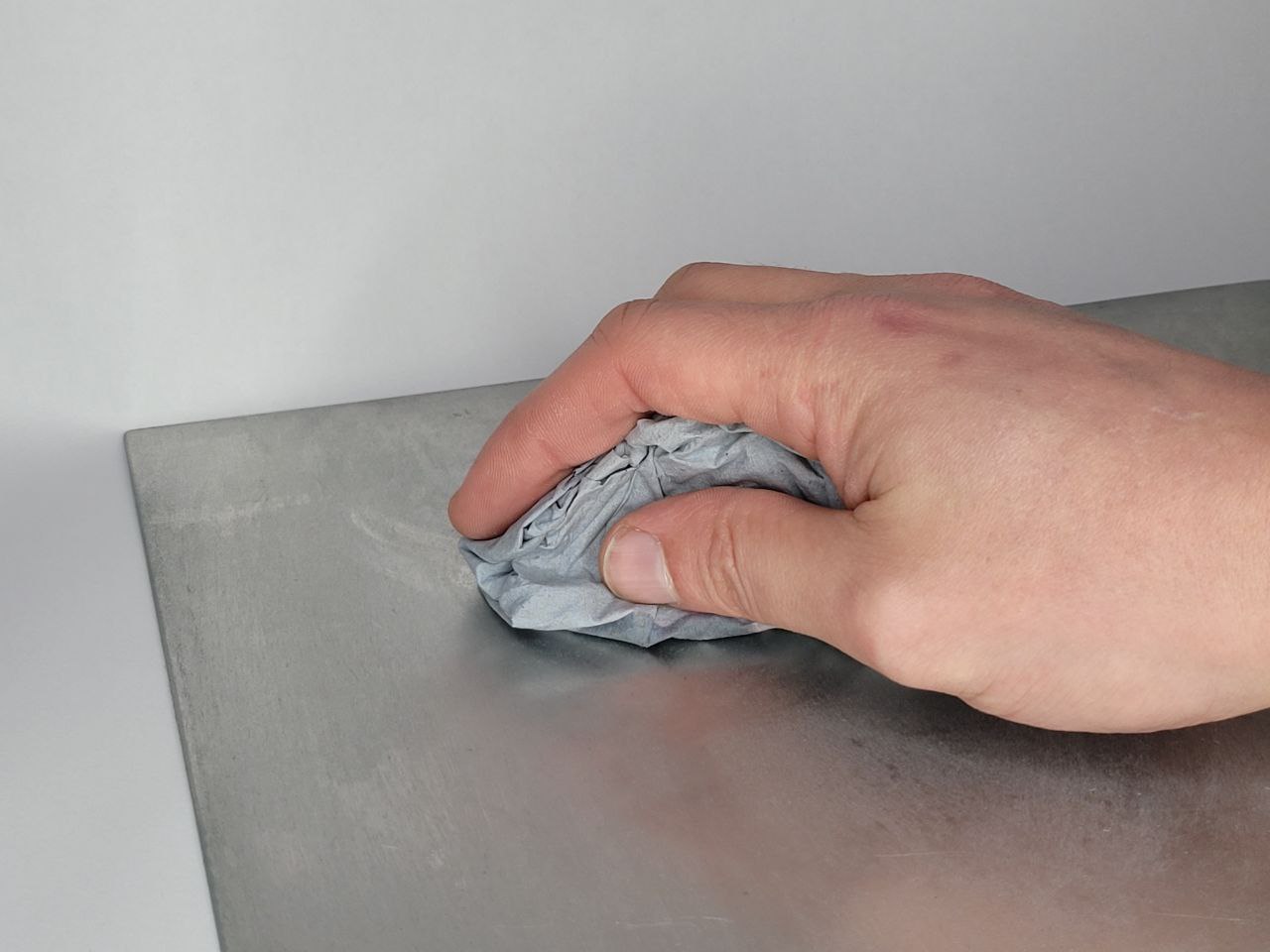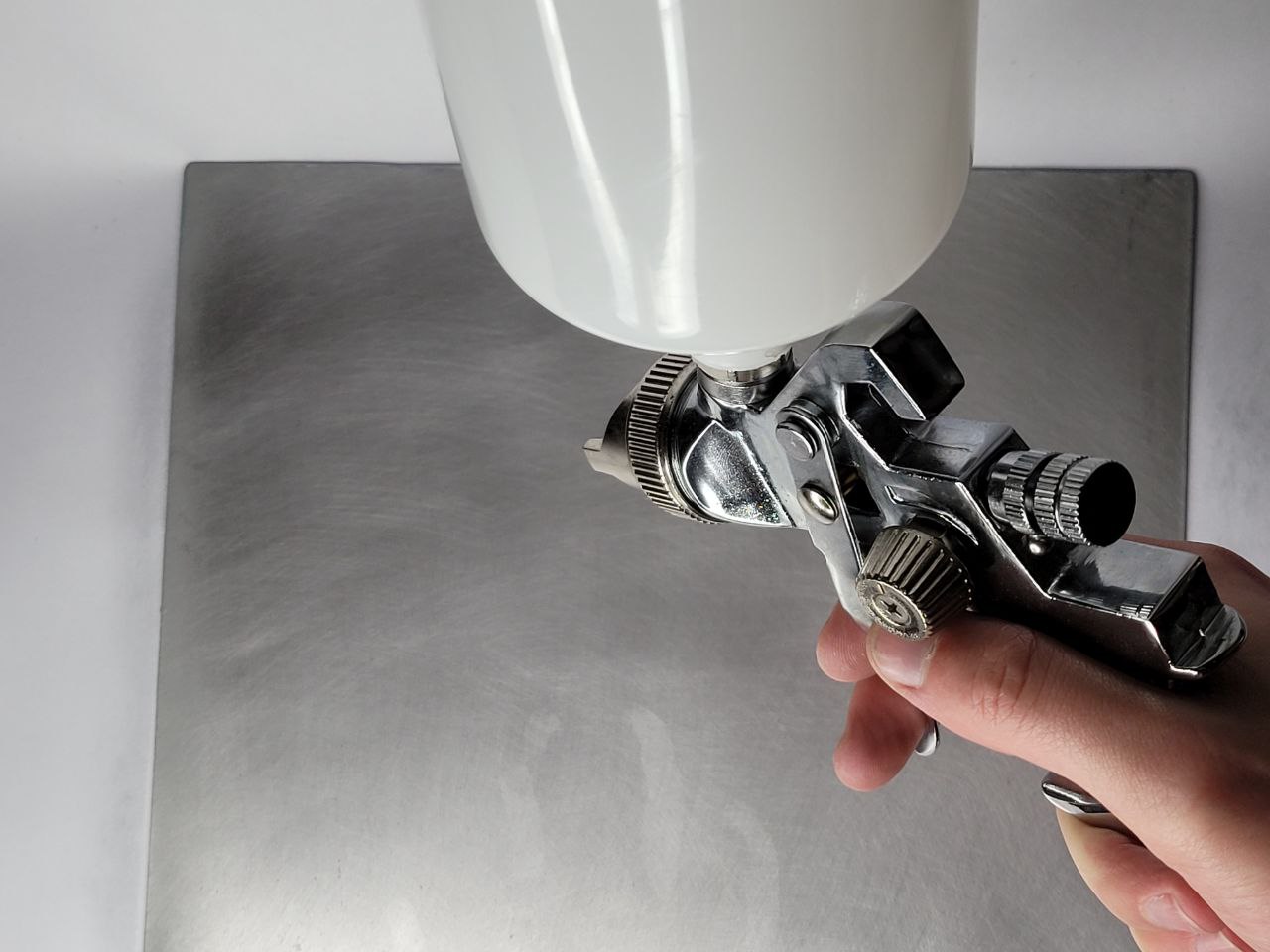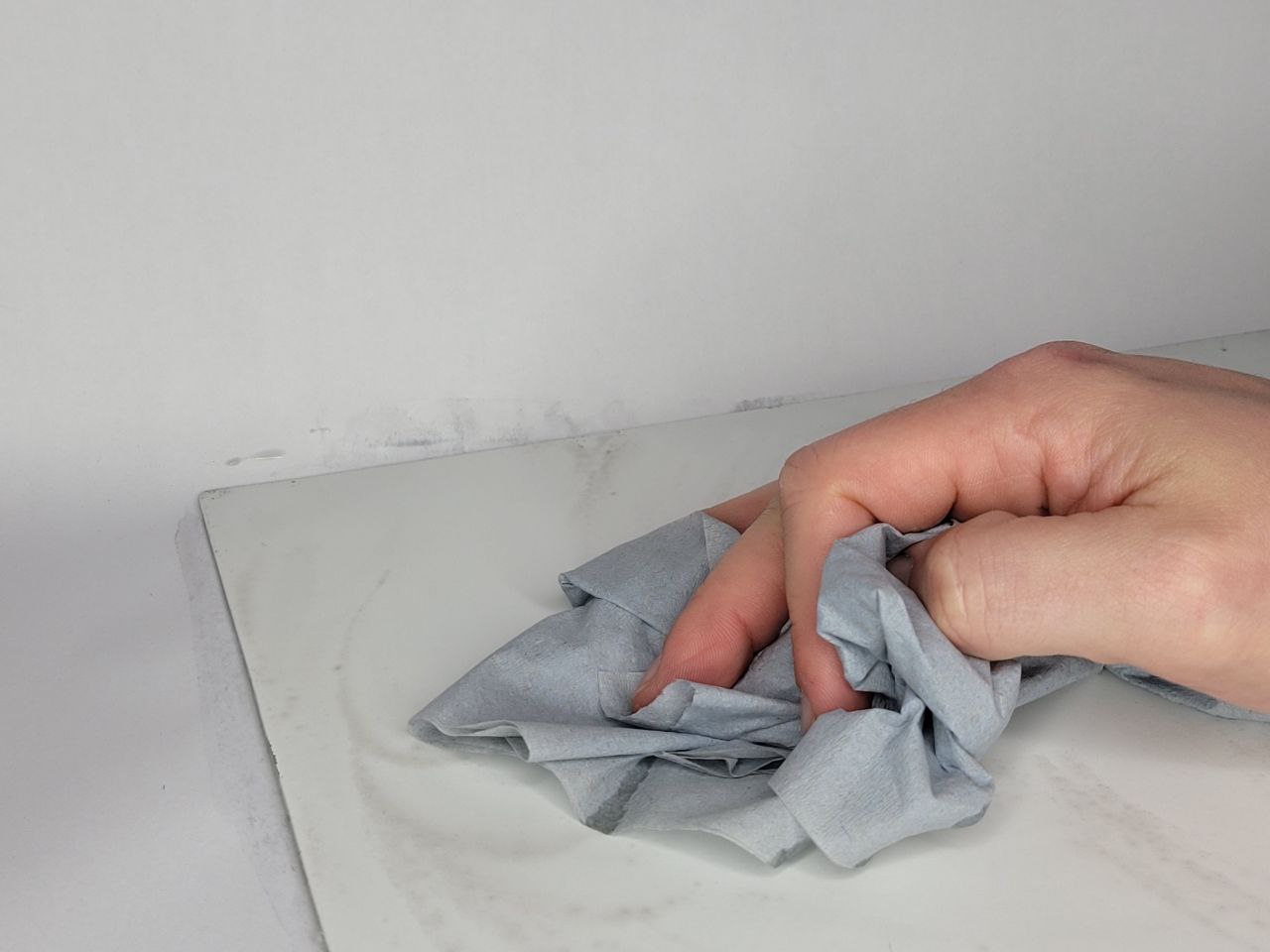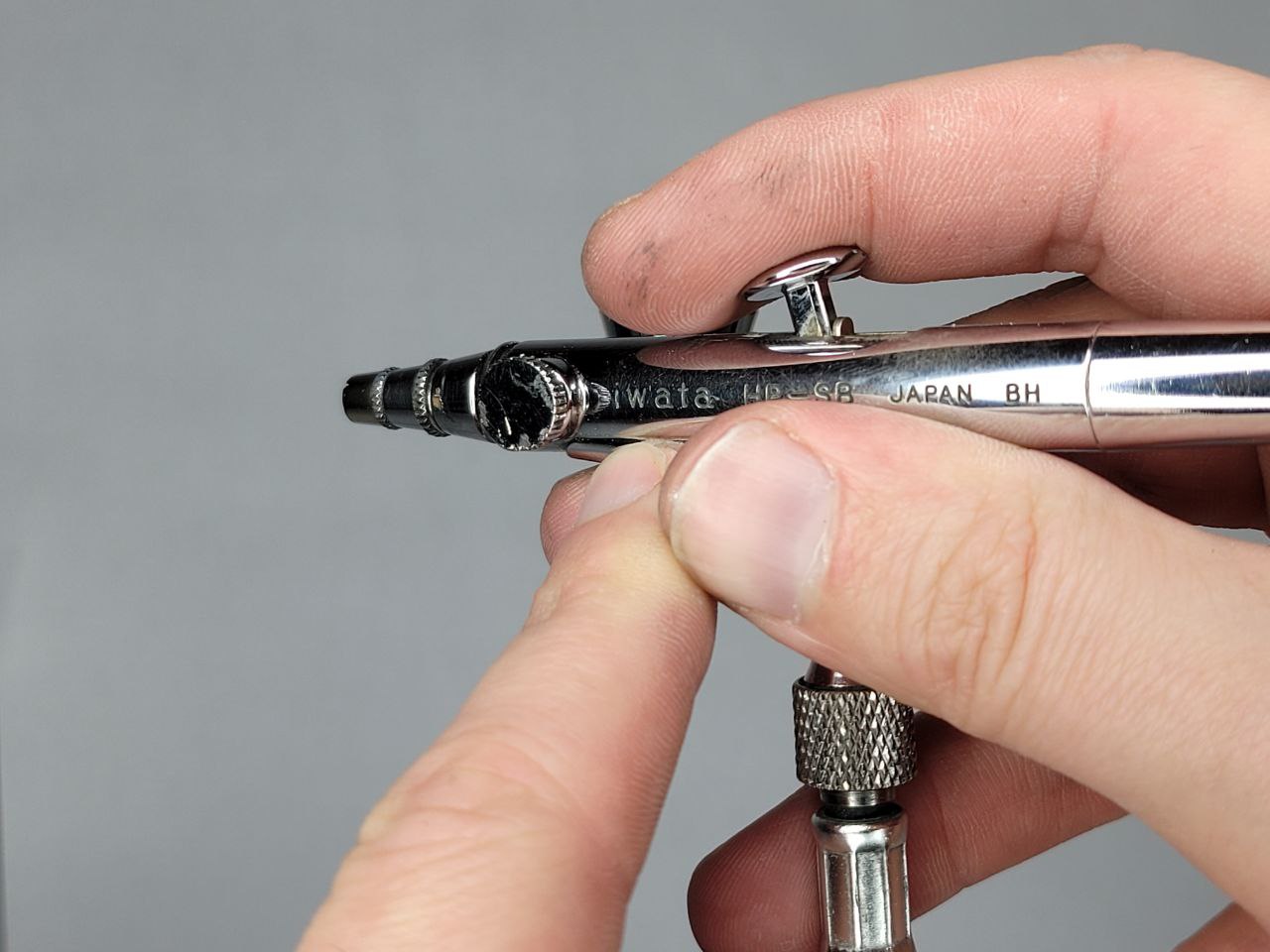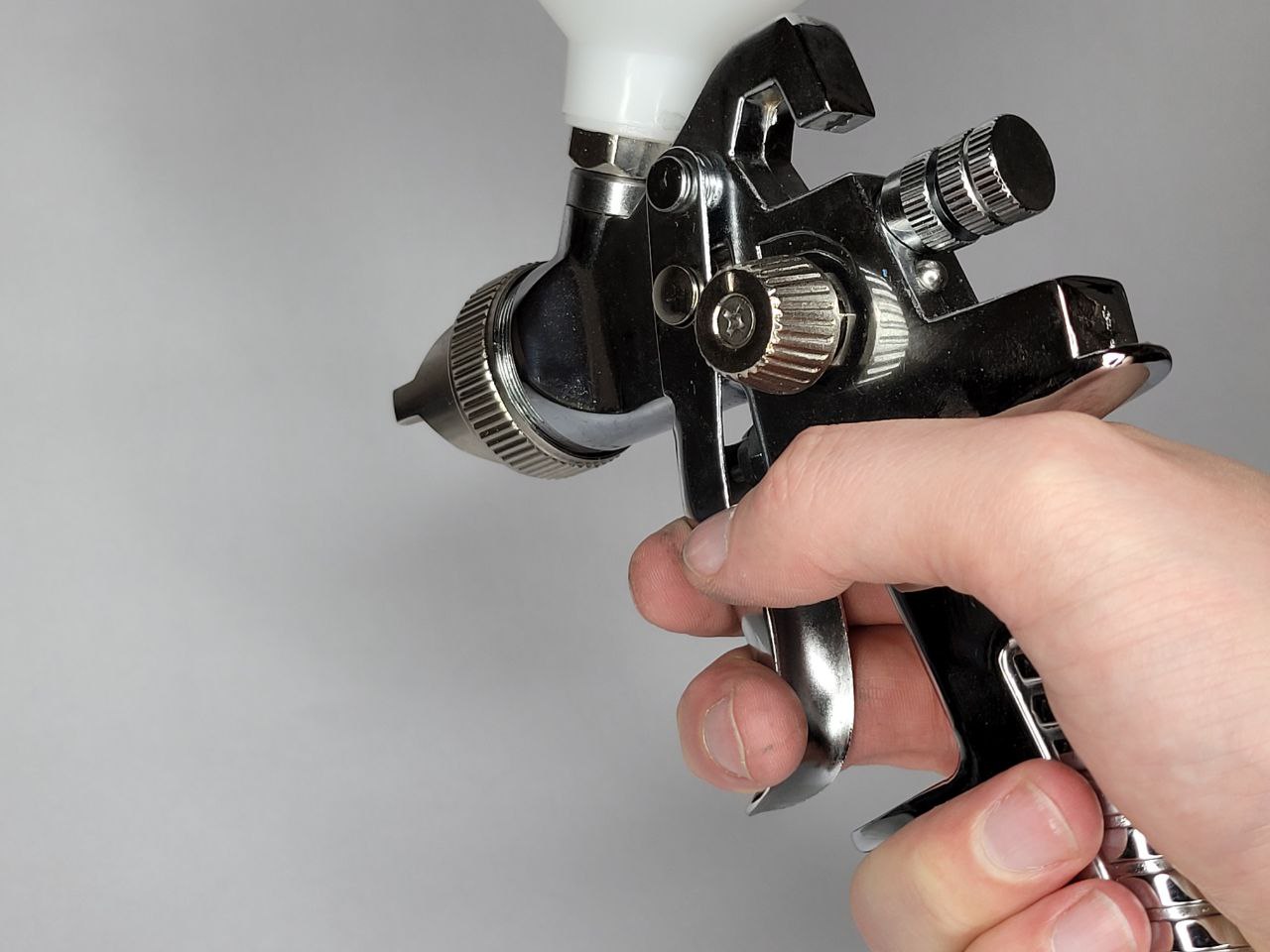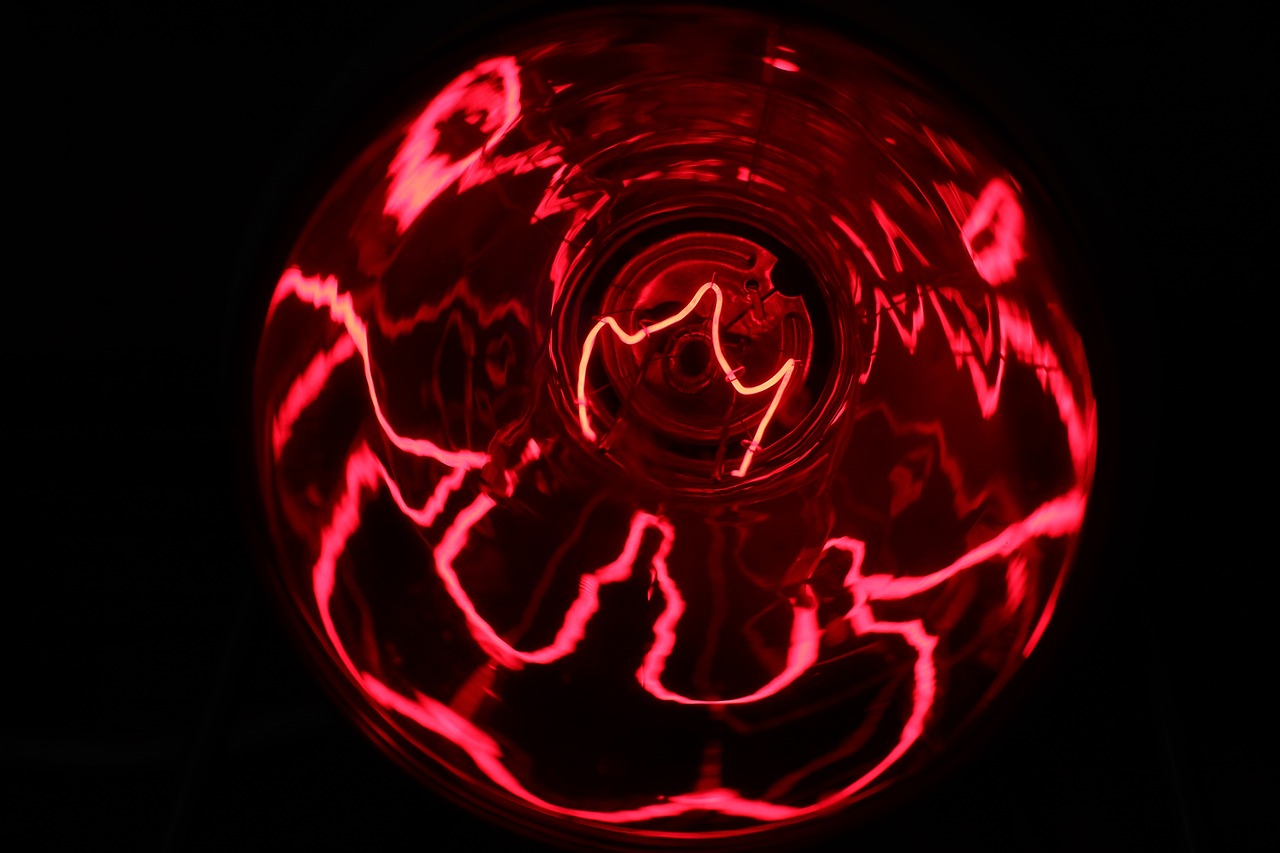Alex Williams
Welcome to the world of Alex Williams, a multifaceted artist with a unique journey that blends his love for performing arts, motorbikes, and the mesmerizing art of airbrushing. With over a decade of experience and an unwavering passion for creativity, Alex's story is one of dedication, evolution, and the pursuit of artistic excellence.

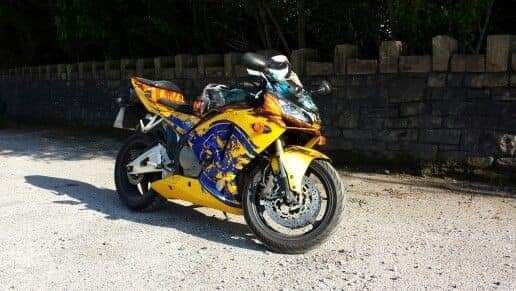
The turning point in Alex's artistic evolution came when his two worlds, motorbikes, and art, collided. It was through the art of airbrushing that he discovered the perfect medium to combine his love for motorcycles with his artistic talent. This fusion allowed him to breathe life and creativity onto various surfaces, turning everyday items into extraordinary works of art.
While Alex's heart belongs to his art, he also cherishes the moments spent with his beloved son. Family is at the core of his being, providing the inspiration and motivation to continue pursuing his artistic dreams.
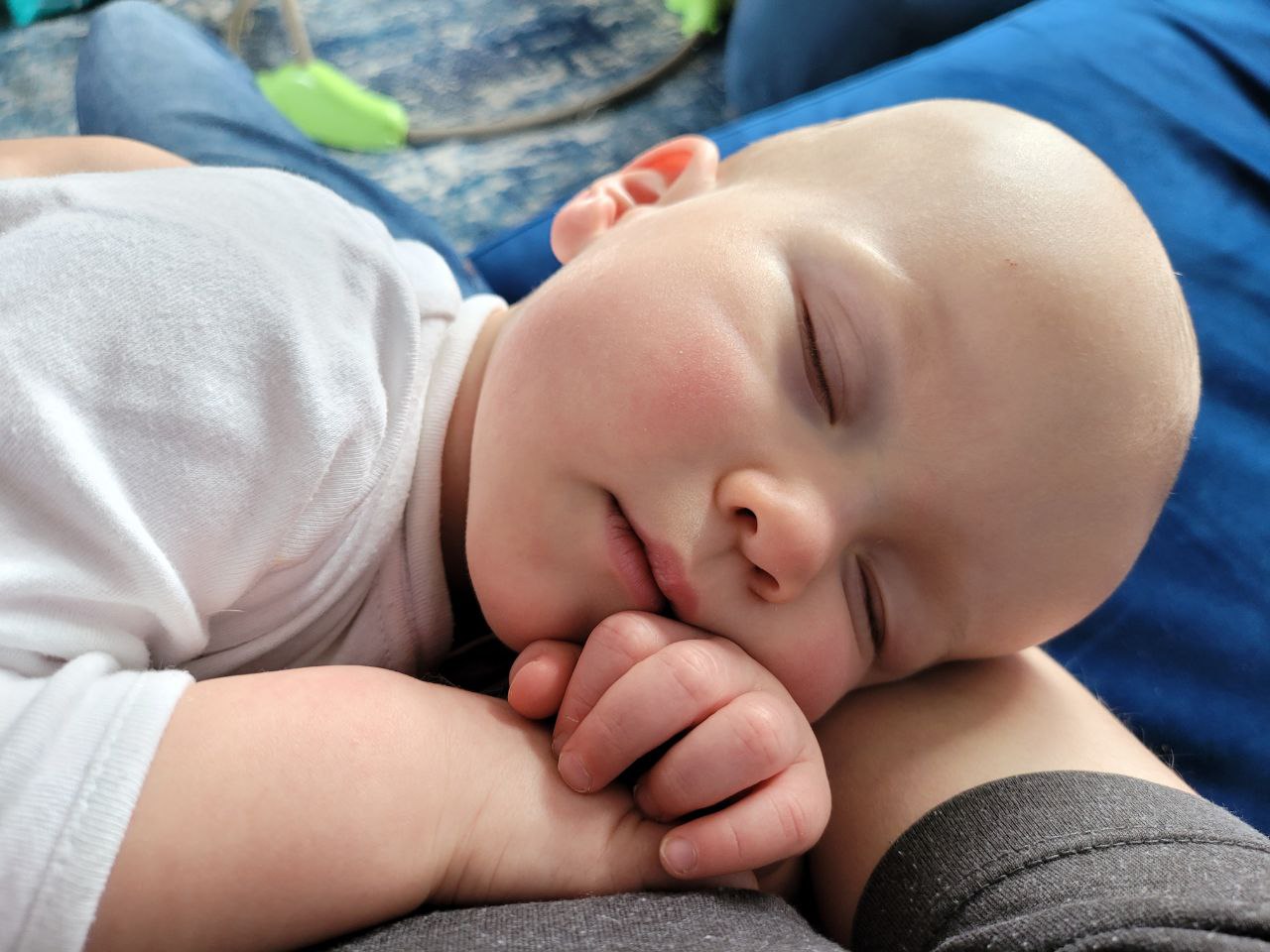
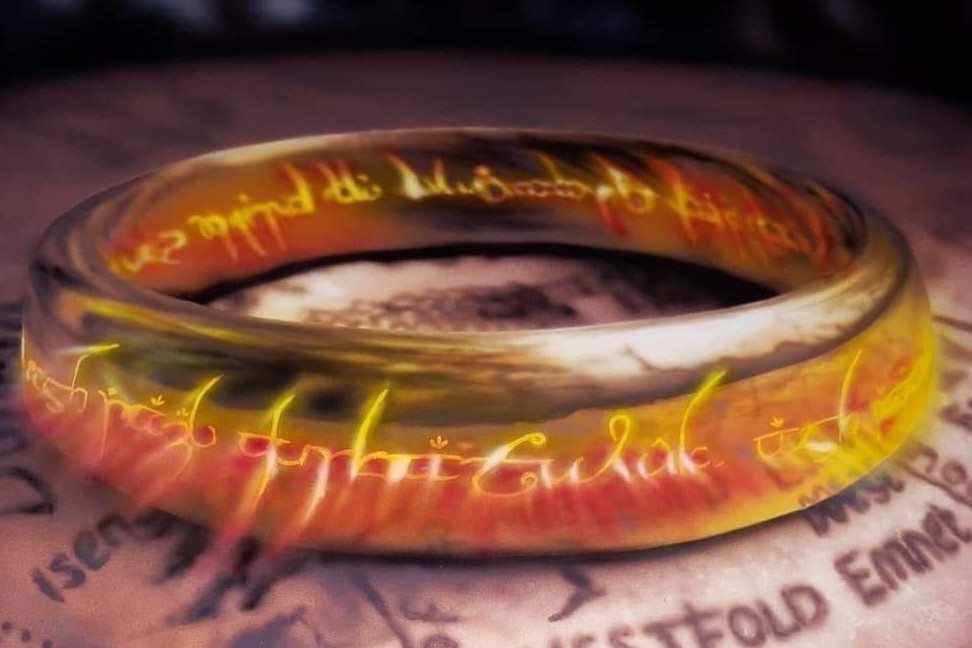
Alex's artistic journey began at university, where he embarked on a path to study performing arts. However, amidst the stage lights and theatrical performances, a deep-seated passion for visual arts started to take root. This newfound love ignited his desire to explore the world of painting and self-expression.
Over the past ten years, Alex has dedicated himself to perfecting the craft of airbrushing. With each stroke of the airbrush, he has pushed the boundaries of his creativity, experimenting with different materials and techniques. His work has evolved into a breathtaking tapestry of designs, reflecting his unwavering commitment to artistic excellence.
